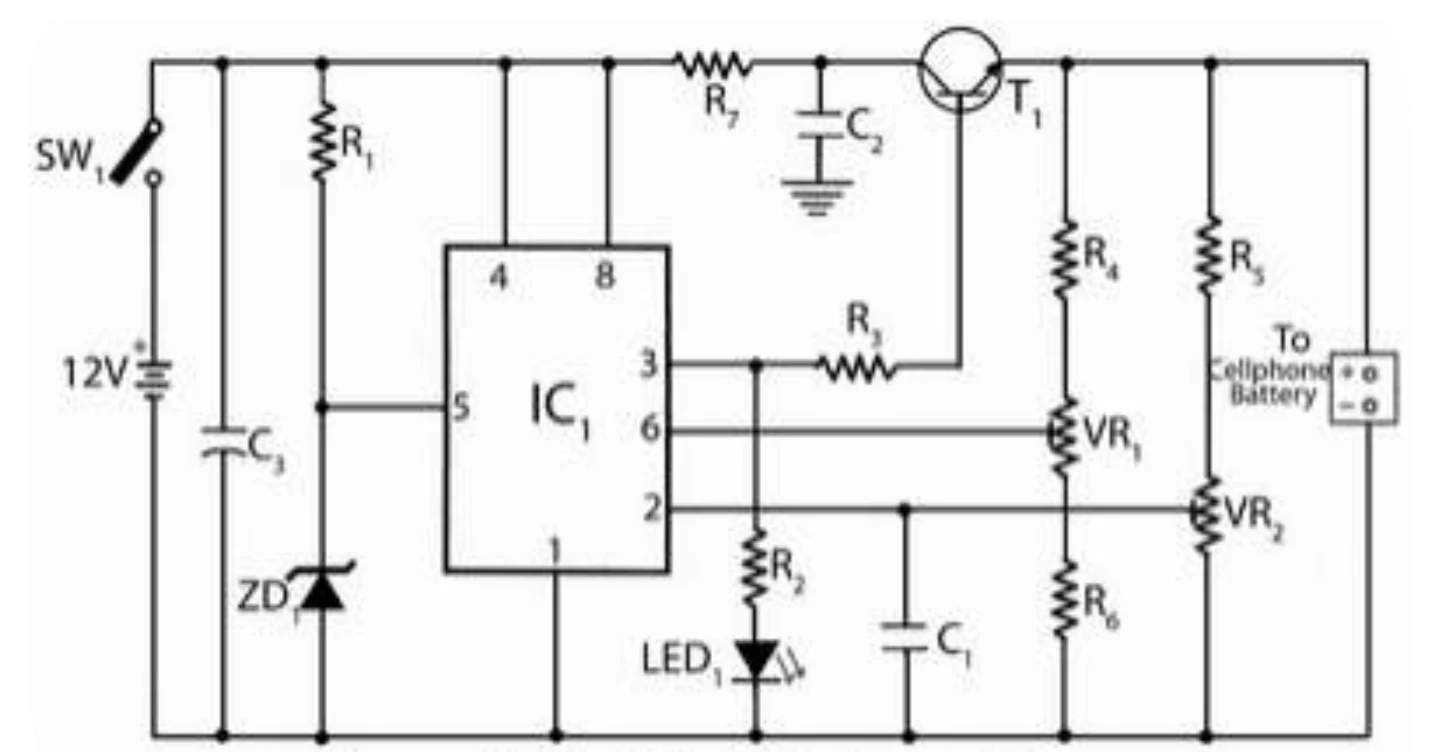Can I connect 12V 100Ah and 12V 200Ah batteries in parallel for a 12V system?
People who don’t know about this topic are making totally incorrect recommendations. Yes, you certainly can, with no problem assuming you are talking about 2 batteries of the same type, i.e, lead-acid. As a percentage of their capacities, they will both charge and discharge at the same rate, though the current into and out of the 200Ah battery will always be about double that of the other. You cannot connect them in series at all, but you certainly can parallel them.I build battery park for inverter several times. I know a thing or two about batteries. This is absolutely the correct response and one you can bet your life on. End result is a 300Ah battery.
Do make sure to fully top-charge both independently before connecting together to avoid a huge spark. Then make connection of new battery to system through a low-value high-wattage resistance, something like 10 ohms, 10W. An incandescent light bulb will do as the resistor. Then once both batteries are at the same voltage/no voltage across the resistor, remove it and direct connect.
EDIT: For those who disagree with my answer, let me draw a parallel that is a near-perfect model. You have 2 large elevated rectangular water tanks which are at the same height and have equal height, but one’s cross-section is 1m x 1m while the other is 1m x 2m. Both are open at the top to the atmosphere. Directly under their bottoms is a pipe T-fitting connection connecting them, then a single pipe down to a valve and a load, let’s say a water turbine. The water pressure at the turbine is equivalent to the voltage of two subject batteries, the water in them is equivalent to the amp-hour capacity of each, and any flow of water out the bottom is equivalent to current going to a load. Now open the valve and let the turbine run. If you know anything at all about the physics of this, you already know that the water level in both tanks will be equal to each other by virtue of the T-fitting, and that as water drains from the two tanks, will remain level, even as the levels drop. There will never be a case where water drains from one tank into the other, and there will never be a case where the larger tank is not draining water at exactly double the rate of the smaller.
EDIT2, 5/13/2022 - Both AGM, 2.9Ah general purpose (partially charged), 8.5Ahr deep cycle/high power (fully charged), will comment later, but even if ratio of current into and out of not always precisely 2.93, still current is always approximately proportional to capacity. Both will converge more precisely once both fully recharged.


















